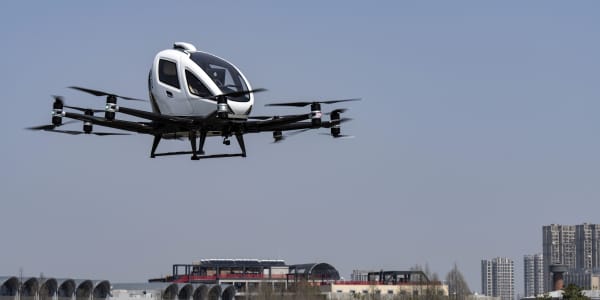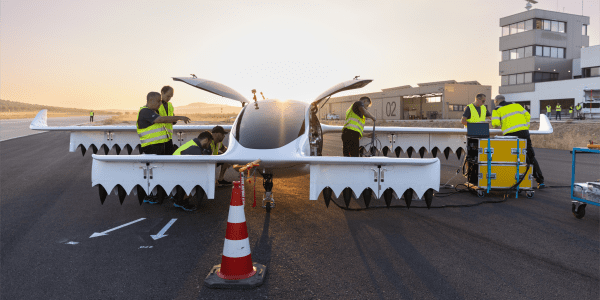
Northrop Grumman built and operated the components that failed during the controversial January launch of the U.S. spy satellite known as Zuma, according to a Wall Street Journal report Sunday.
Two independent investigations, made up of federal and industry officials, pointed to Northrop's payload adapter as the cause of the satellite's loss, the report said, citing people familiar with the probes. The payload adapter is a key part of deploying a satellite in orbit, connecting the satellite to the upper stage of a rocket.
Zuma is believed to have cost around $3.5 billion to develop, according to the report. The satellite was funded through a process that received a lesser degree of oversight from Congress compared with similar national security-related satellites, industry officials said.
Northrop Grumman did not immediately respond to a request for comment.
While it is still unknown which agency Zuma was built to serve, both the Pentagon and Northrop have repeatedly declined to provide details about the mission. SpaceX, which launched the mission aboard a Falcon 9 rocket, repeatedly defended its equipment in the aftermath, rebuking claims that Elon Musk's space company was to blame.
"For clarity: after review of all data to date, Falcon 9 did everything correctly," Gwynne Shotwell, president and COO of SpaceX, said in a statement to CNBC. "Information published that is contrary to this statement is categorically false. Due to the classified nature of the payload, no further comment is possible."
The U.S. Air Force appeared to back SpaceX in the weeks following Zuma, saying it did not expect to change the company's approval to launch military satellites.
"Based on the data available, our team did not identify any information that would change SpaceX's Falcon 9 certification status," Lt. Gen. John Thompson, commander of the Space and Missile Systems Center, said in a statement.
The investigations tentatively concluded that onboard sensors did not immediately communicate to ground systems that the satellite did not separate from the rocket, according to the Journal. Unbeknownst to officials at the time, the planned return of the rocket's upper stage — a method of disposal to avoid adding space debris around the Earth — brought the satellite back down with it. By the time the satellite separated from the rocket it was too late, putting Zuma too low in orbit to save, according to the report.
The unique design of Zuma, according to officials, means it was built in such a way that made it particularly fragile. Northrop reportedly modified its payload adapter to help absorb vibrations that might damage the satellite. While those modifications remain unspecified, payload adapters traditionally use small, controlled explosives to release satellites from a rocket's upper stage.
Officials believe Zuma fell into the Indian Ocean, the report said. Zuma was the first launch for SpaceX this year, and the company has since launched six additional successful missions.
Read the full Wall Street Journal report here.






